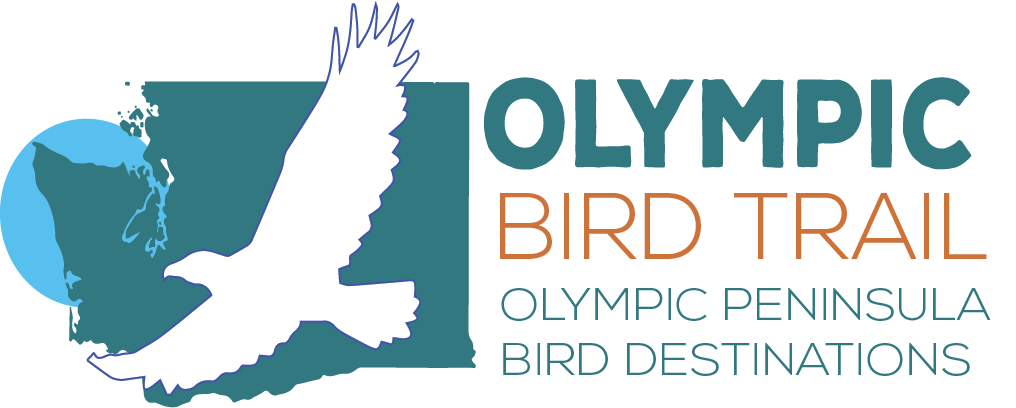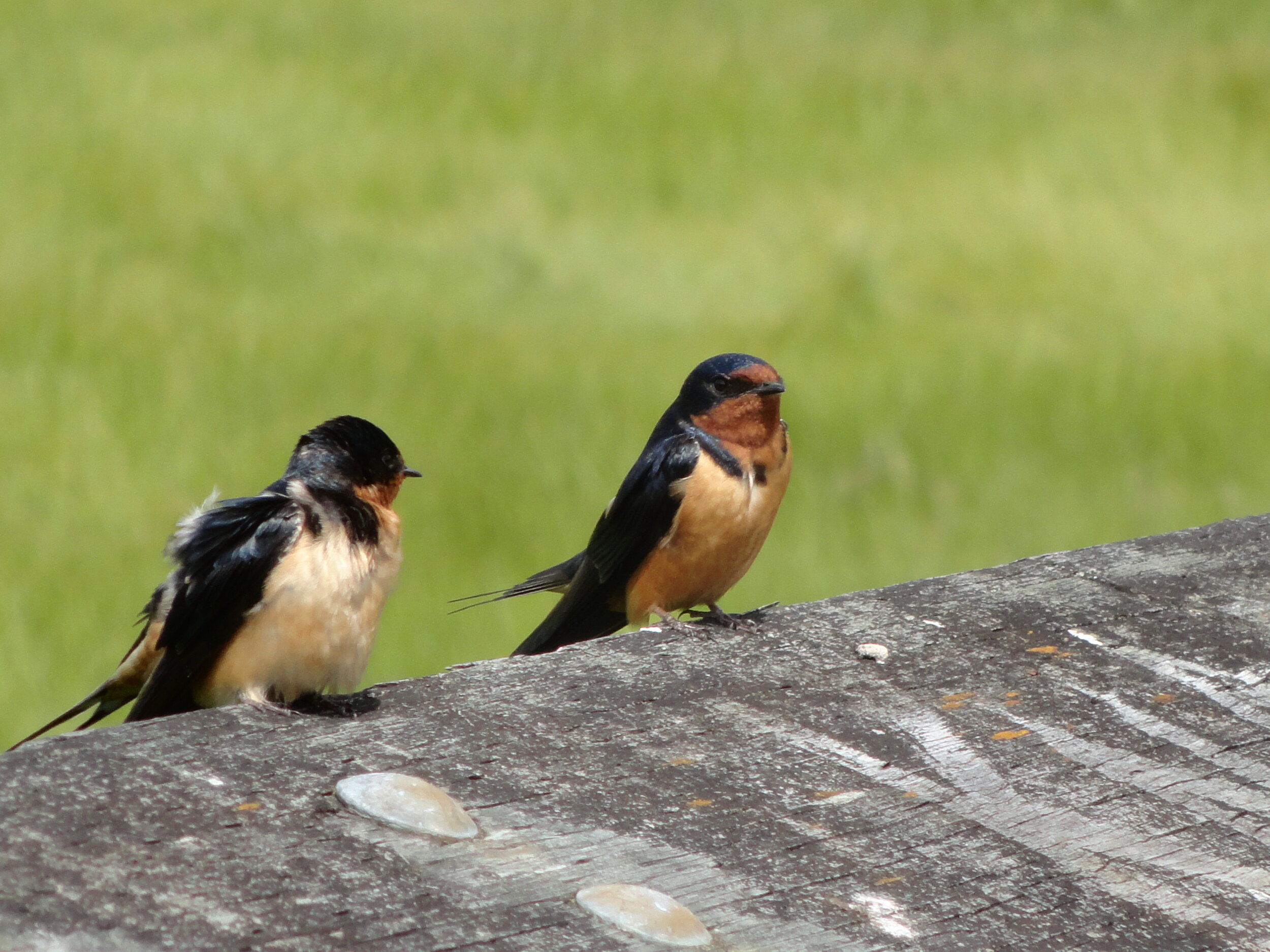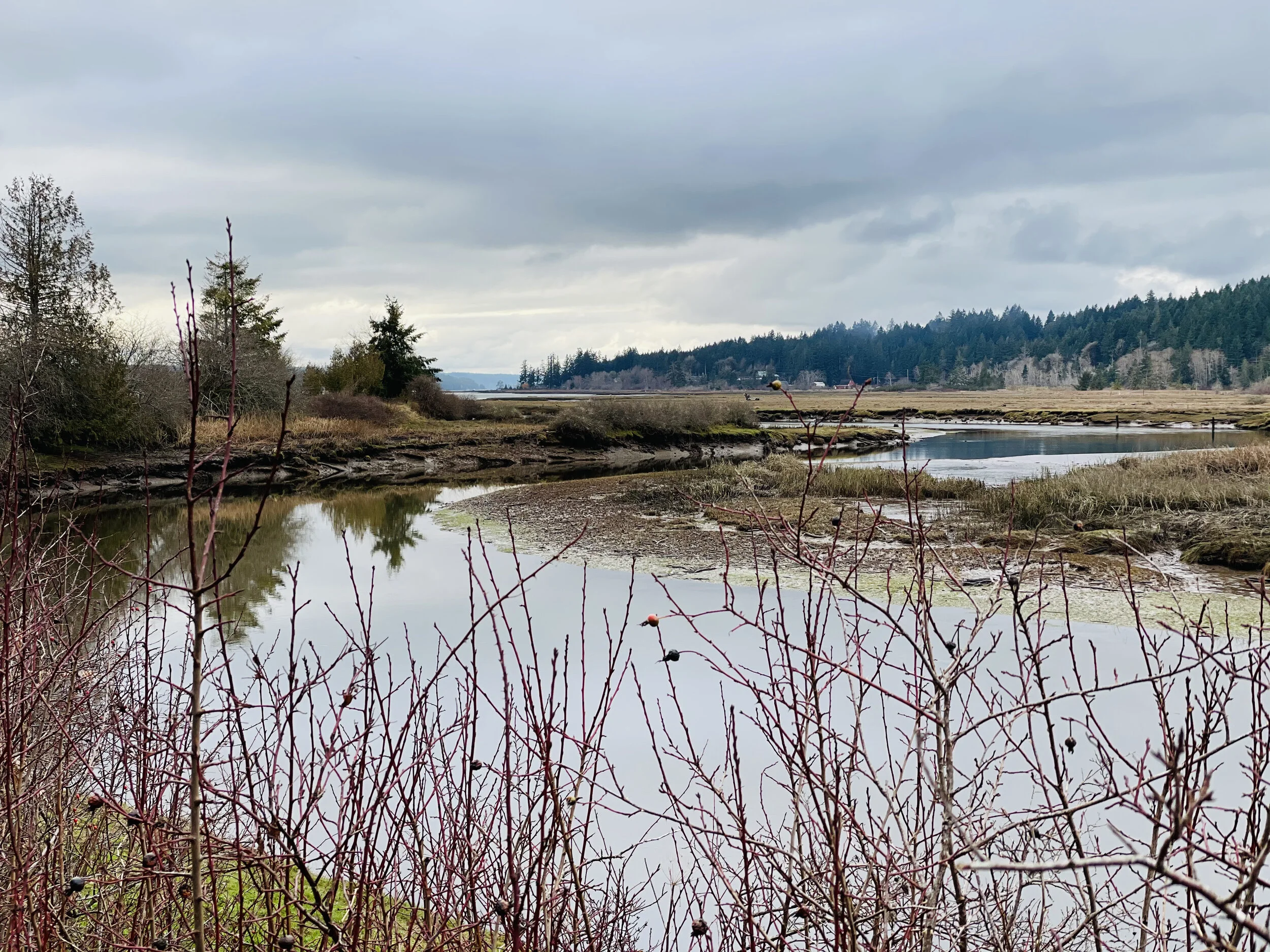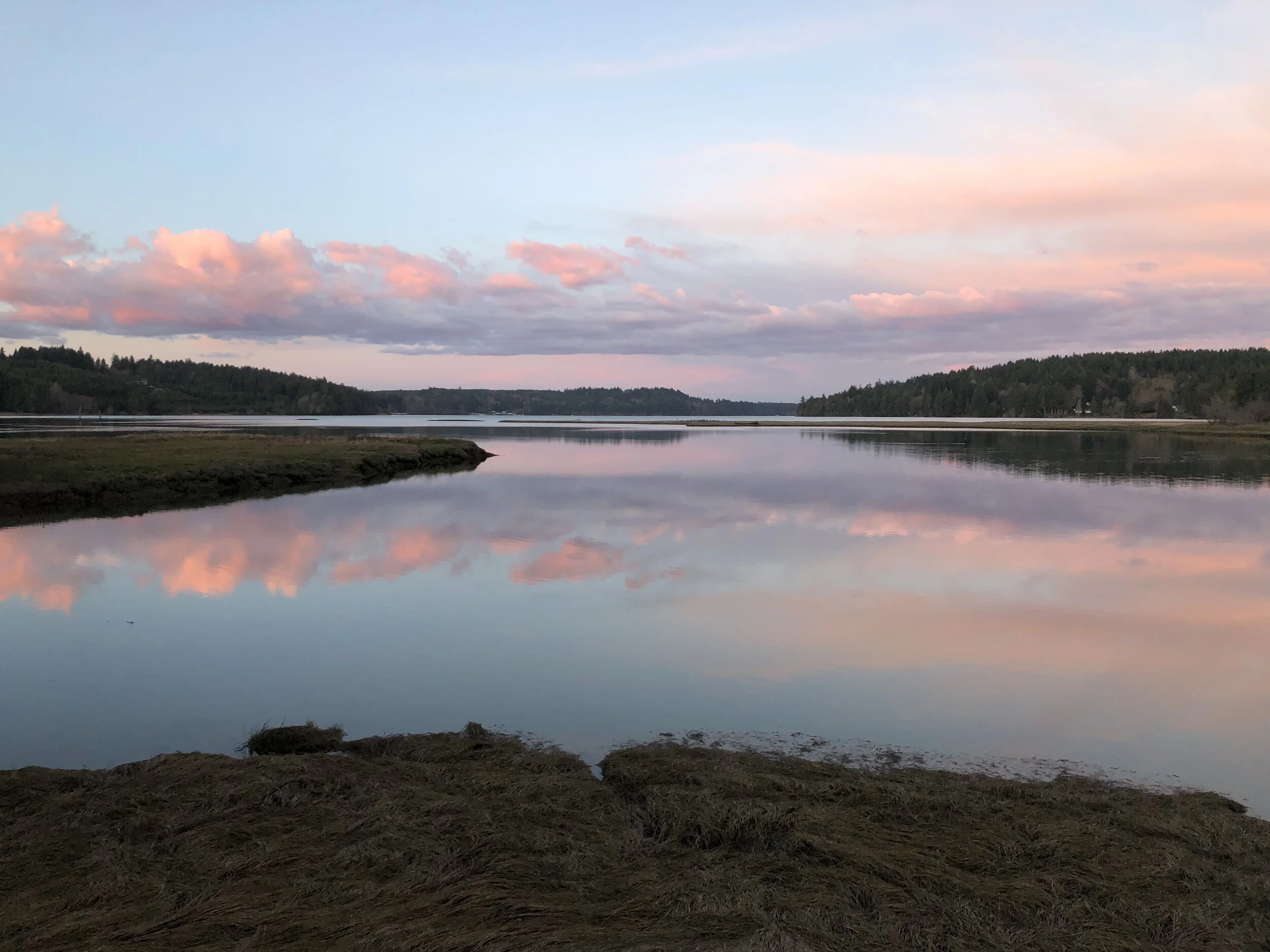
Every Bird has a story.
The Bald Eagle Protection Act was introduced in 1940 to protect nests, eggs, feathers, and to stop the slaughter of Bald Eagles. By the 1950s, however, there were reported to be only 412 nesting pairs left in the 48 conterminous United States.
It’s a common sight to see the “lucky” great blue heron patiently hunting on the shores of Hood Canal and South Puget Sound. Largest of the heron species, up to 4’ in height, they actually only weigh between 5-6 pounds. Here are a few things you may not have known about these iconic Northwest birds.
With COVID-19 suspending many social activities, going outdoors and communing with birds is a great reason to get out of the house.
The preserve contains five distinct trails that utilize levees and bridges across channels and creeks. The main path leads to a Wetlands Project (education) Center and a native plant demonstration garden. From here the other trails radiate across the preserve.
This rich estuarine environment supports a diverse population of residential and migratory shorebirds. This inlet also supports one of the largest flocks of wintering black-bellied plovers in Puget Sound.
Look for buffleheads, common and Barrow’s goldeneyes, common loons, western and red-necked grebes, ruddy ducks, scoters, marbled murrelets, and greater scaups.







